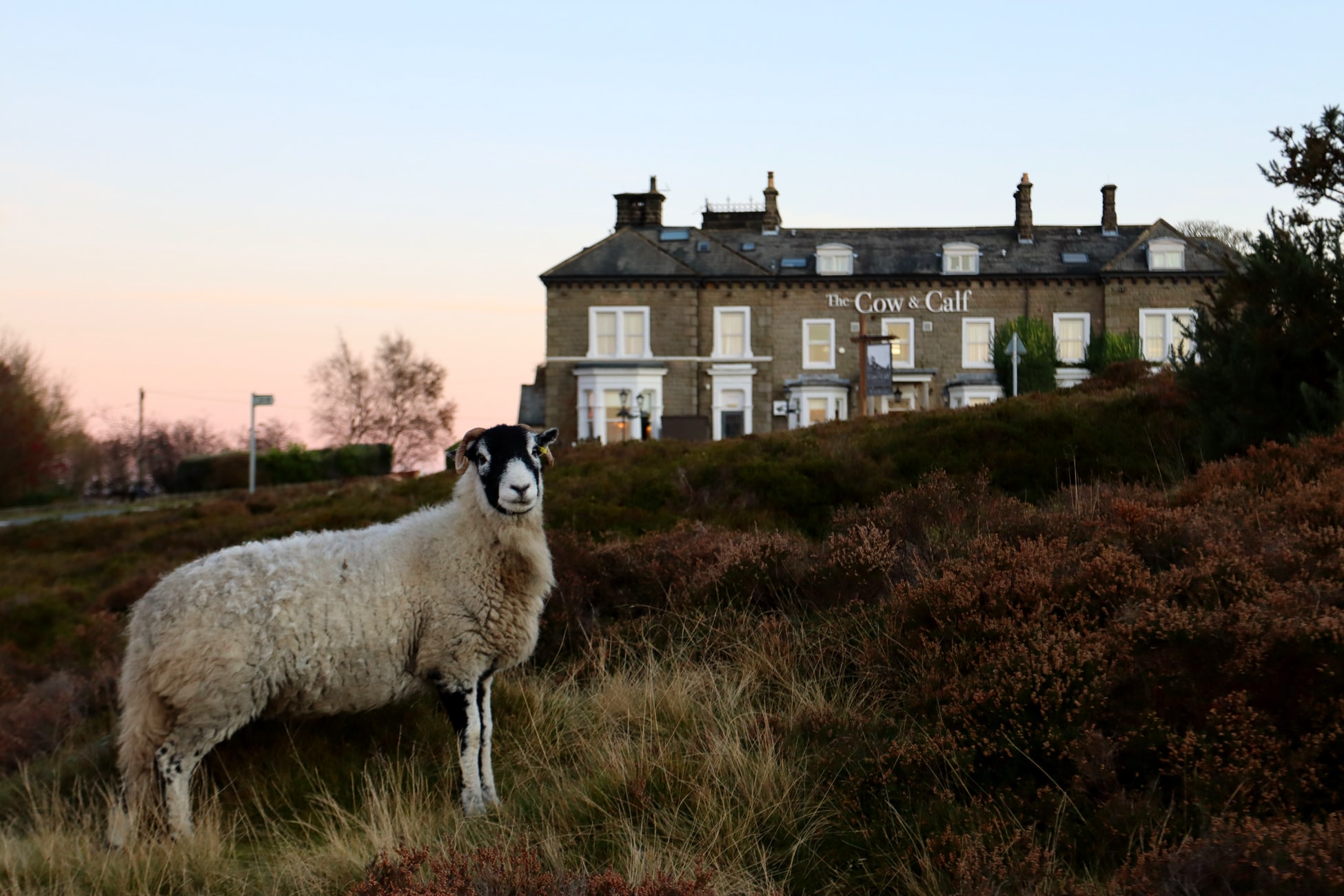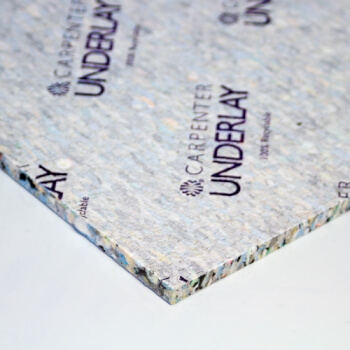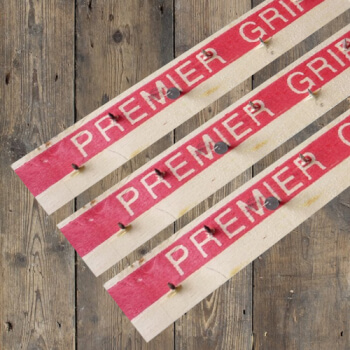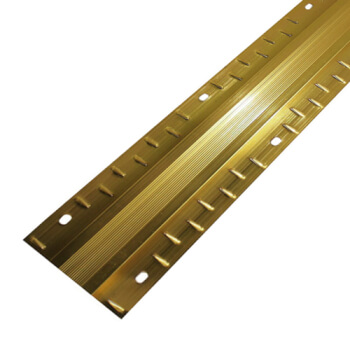Wooly Wonders - Meet The Sheep Behind Your Carpet
By Jim (12/01/2018)
We have produced two blogs so far about wool carpet - firstly about its characteristics as compared to manmade carpet, secondly a summary of how it is made - but we wanted to go even further back in the story of your floor, all the way to the fields - to the sheep who make it!
The breeds which make the best carpets tend to be hill or mountain sheep - their hardy, thick fleeces do a great job of keeping them warm in the Winter, and when the Summer rolls around and they no longer need them, they are transformed in to excellent, hard-wearing carpets.
A lot of carpet wool is imported from New Zealand, but the UK is also renowned for its high-quality fleeces - here are a few of the UK breeds whose wooly work has contributed to some amazing flooring.
NB: Many thanks to British Wool Website and The Campaign for Wool - much of the information on this blog is thanks to them, and you can find out lots more there!
Mountain Sheep
The toughest of the tough, Mountain Sheep produced the most coarse and hard-wearing fleeces, ideal for pure-wool carpet.
Scottish Blackface
This hardy sheep is apparently the most common domestic sheep in the UK - 30% of all UK sheep are Scottish Blackfaces.
Both males and females have horns and they can survive in the roughest climates, many living year-in year-out in the Scottish Highlands without the need for shelter, even rearing their lambs outdoors. On that note, don’t mess with the mother ewes - they are bold and will attack predators who threaten their children.
They have been bred in the UK since the 1500s (replacing the now extinct ‘Scottish Dunface’, because apparently sheep naming isn’t particularly inventive) and you can find them scattered in the US too. Although they are mostly for meat, their long thick fleece is prized for carpets.
Swaledale
The Swaledale sheep is named after the eponymous valley in the Yorkshire Dales National Park, east of the Pennines. It has distinctive markings on the face, being bright white around the eyes and nose.
The sheep themselves are very dear, and pedigree rams (also known as ‘tups’) sell for around £25,000, although their fleeces are relatively cheap - 40p a kilo, making them excellent for bulk work. After all, a 30m x 4m roll of carpet takes a lot of wool to make!
The breed is an official symbol of the Yorkshire Dales, and its origin is fiercely contested.
So much so that when, in 2003, plans were submitted to build a ‘Swaledale Sheep Visitor Centre’ in Kirkby Stephen in Cumbria, the people of Hawes in Richmondshire (some 16 miles south) objected strongly, as they had plans for their own visitor centre, with both towns claiming to be the original home of the breed.
See Also: Rough Fell, Dalesbred, Welsh Mountain
Hill Sheep
Lonk
The odd name for this breed comes from the Lancashire word "lanky", meaning long and thin - they are one of the largest hill breeds, about 40-46 kilos as adults, and its bulky fleece is ideal for making thick, luxurious carpet.
They have existed in the Pennies for hundreds of years, and are thought to have been farmed by the monks of two Cistercian Abbeys in Lancashire - Whalley and Sawley - before their dissolution in the 1530s.
The Lonk is only found in three counties - Lancashire, Yorkshire and Derbyshire - and this proved potential disastrous in 2001 when an outbreak of foot and mouth disease hit the area.
The whole population of Lonk sheep at the time was just over 10,000, and being so densely concentrated with such an infectious disease threatening them, there was a genuine risk of extinction.
Thankfully, it didn’t come to that, but there was a safeguard put in place - the Heritage Gene Bank was founded at York University, and samples were taken to preserve the breed, along with Herdwick and Rough Fell breeds.
Since then, although all three breeds survived the outbreak, there have been lambs born using the samples taken - and they turned out fine! The Heritage Gene Bank still continues its work with the Rare Breeds Survival Trust.
North Country Cheviot
There are several breeds of sheep call ‘Cheviots’, named after the hills between Northumberland and the Scottish Borders.
This particular breed is supposed to have been established by Sir John Sinclair- original founder of the Board of Agriculture - who brought Cheviot sheep to Caithness in Northern Scotland, back 1791.
All North Country Cheviots originate from his flocks - there are three sub-types these days: the Hill, the Caithness and the Border.
A good ‘all-rounder’ sheep popular both here in the UK and overseas, the North County Cheviot’s fleece is used for knitwear and tweed as well as carpets - they are easily spotted as they have very long, upright ears - perhaps a compensation for the fact that neither sex has horns!
See Also: Derbyshire Gritstone, White Faced Woodland
Cross Sheep
A ‘cross’ sheep is, as you have probably worked out, a cross-breed - but when it comes to wool, there is a particular type of cross-breed, based on a formula which has proved very effective.
Also known as ‘Mules’, these crosses are the result of a mating between a lowland breed of Ram and a highland (hill or mountain) Ewe. These sheep produce excellent fleeces for carpets and carpet blends.
Masham
The Marham sheep, with its lustrous wool, comes from crossing a Teeswater or Wensleydale ram - both of which have truly amazing, curly fleeces reaching almost to the ground - with a hardy ewe such as the Swaledale mentioned above, or a Dalesbred, its close cousin.
It is named for the town of Marsham, famous for its sheep fairs where thousands of sheep are sold each year, and the Black Sheep Brewery, founded by Paul Theakston - yes, that Theakston.
North of England Mule
The North of England Mule is the progeny of a Bluefaced Leicester ram - a tall-breed whose own wool is more suitable for fine cloth than carpet - and the hardy Swaldale Ewe.
Their offspring is 'polled' (hornless), mottled and good-tempered. In an example of what biologists call ‘hybrid vigor’ or ‘heterosis’, where the best traits of both parents are inherited, its fleece combines the toughness of the mother’s with the lustre of the father’s.
Similar in appearance to the Scotch Mule and Welsh Mule, both of whom are also sired by the Bluefaced Leicester (or BFL for short), the North of England variety is found throughout the UK and is one of the most popular commercial breeds.
Their wool is used a lot in Brintons carpets - in fact, you can see them on the excellent ‘Fleece to Floor’ video on their website - if you’ve ever bought carpet from them, you can thank these generous animals!
See Also: Scottish Greyface
So, now you know your carpet a little better - it is amazing to think so much work goes into making great carpet, and we like to think understanding the process makes one appreciate
There are so many other breeds of sheep we could have mentioned - like the rare Manx Loaghtan, which, like Manx Carpets, originates on the Isle of Mann - or the Badger-Faced Welsh Mountain, thought to have been bred in the UK since before the 7th century AD - but there are other topics to cover, and we only have so much space!
If you’ve been inspired by these wooly wonders, do check out our great range of pure-wool carpets - and if you’re feeling a bit sheepish, remember you can get the Stainguard treatment on any of these to protect them for dust, dirt and spills!.
References
Many thanks to British Wool, The Campaign for Wool and to the following websites for providing information on their respective breeds...
Enter your required size for our most accurate pricing and availability.











